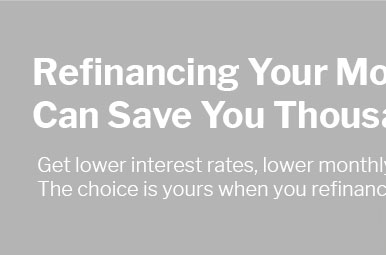 |
 |
 |
 |
|---|
 |
||
|---|---|---|
 |
||
 |
||
 |
||
 |
||
 |
 |
 |
 |
 |
 |
|
Unlock the true potential of your home with our game-changing refinance FHA loan-imagine eliminating pesky PMI while slashing your monthly payments, freeing up cash for what truly matters; this isn't just refinancing, it's redefining your financial freedom, and with rates at historic lows, there's never been a more opportune moment to seize control, invest in your dreams, and stride confidently into a future of boundless possibilities.
https://www.reddit.com/r/Mortgages/comments/1g4kmje/i_have_a_3_year_old_fha_loan_is_there_a/
You cannot get rid of the PMI on an FHA mortgage. The only choice you're going to have is to refinance out of it completely. When you get an FHA ... https://www.rocketmortgage.com/learn/fha-refinance
Mortgage insurance premiums (MIP): The FHA MIP is required on all FHA loans. If you're looking to get away from an MIP, refinancing into a ... https://www.bankrate.com/mortgages/remove-fha-mortgage-insurance/
And once a borrower has achieved 20 percent equity in the home, they may cancel PMI. How to remove FHA mortgage insurance. 1. Check your ...
|
|---|